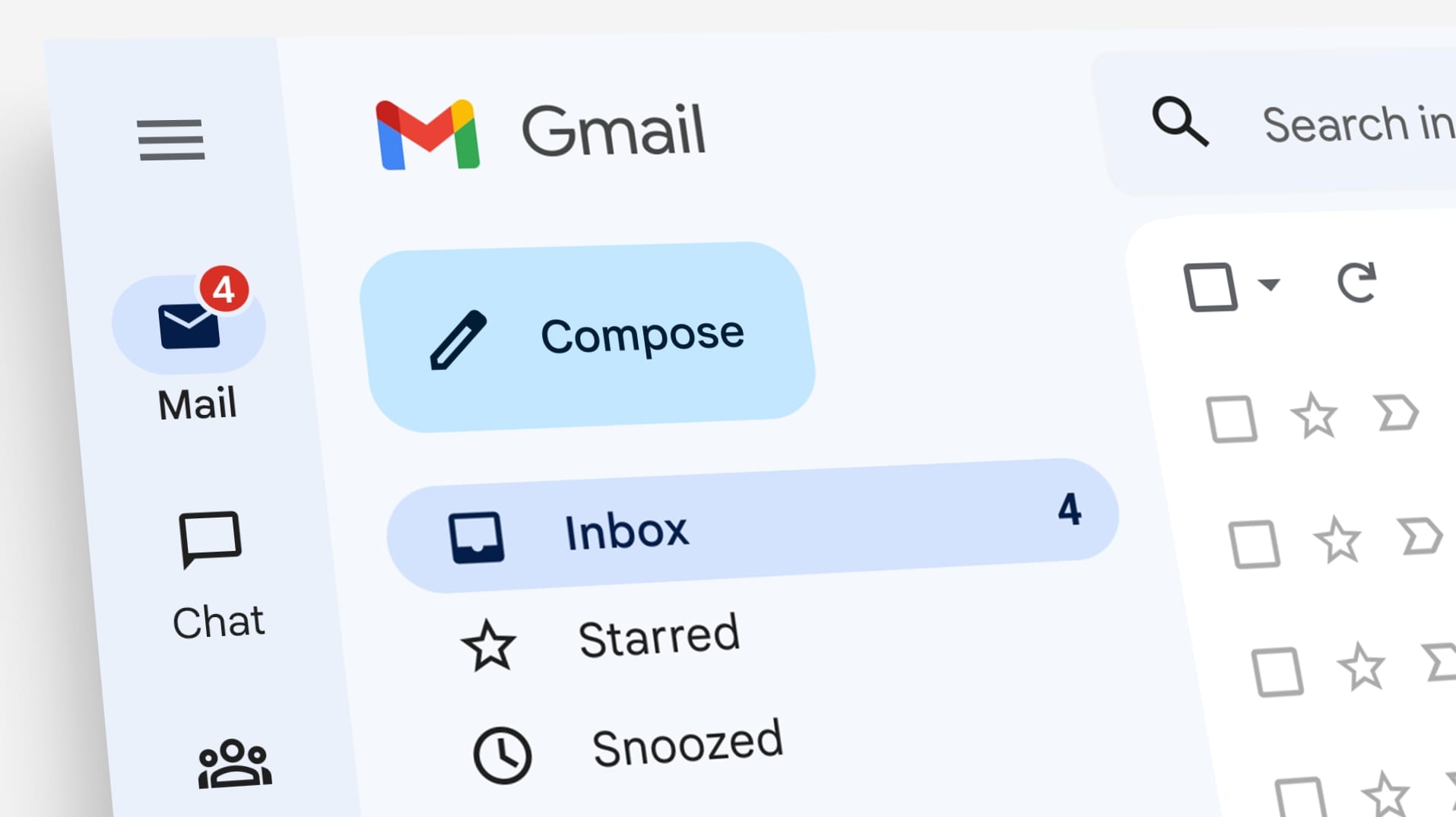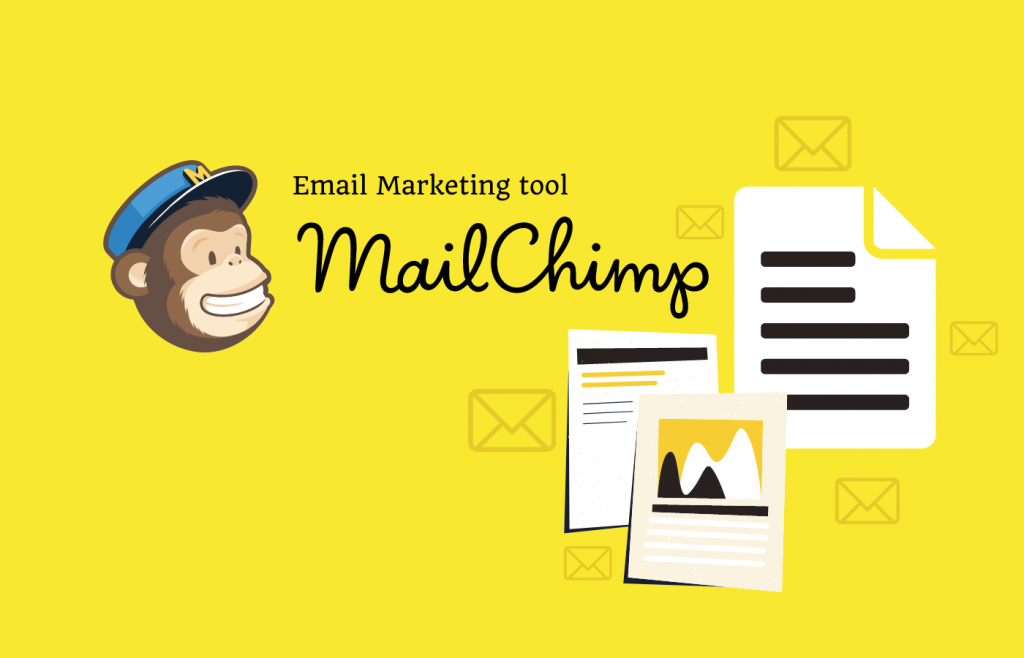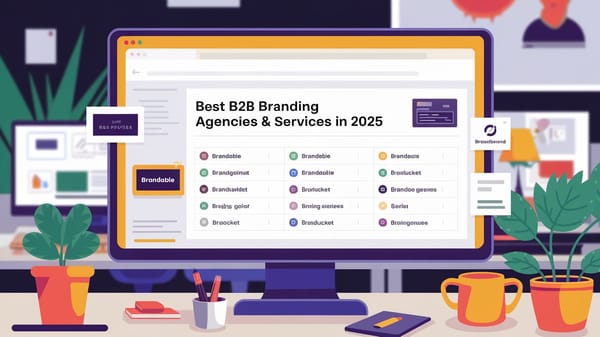Top 10 Free Email List Providers to Help You Build a List in 2025

Email marketing remains one of the most effective tools for businesses to connect with their audience, drive engagement, and boost conversions. However, building a robust email list can often be a daunting and expensive task. Fortunately, several free email list providers are available to help businesses and marketers kickstart their campaigns without incurring hefty costs. This report introduces the top 10 free email list providers in 2025, offering insights into their features, benefits, and how they can help you build and manage your email lists effectively.
You can also visit Oncely.com to find more Top Trending AI Tools. Oncely partners with software developers and companies to present exclusive deals on their products. One unique aspect of Oncely is its “Lifetime Access” feature, where customers can purchase a product once and gain ongoing access to it without any recurring fees. Oncely also provides a 60-day money-back guarantee on most purchases, allowing customers to try out the products and services risk-free.
Oncely is hunting for the most fantastic AI & Software lifetime deals like the ones below or their alternatives:

1. Proton Mail

Proton Mail is widely recognized as one of the best free email service providers, particularly for those who prioritize security and privacy. It offers end-to-end encryption, ensuring that your communications remain confidential. Proton Mail is an excellent choice for individuals and businesses looking to build an email list while maintaining the highest level of data protection.
Key Features:
- End-to-end encryption for secure email communications.
- User-friendly interface with advanced privacy settings.
- Free plan includes basic features with options to upgrade for additional storage.
2. Zoho Mail

Zoho Mail is a versatile platform that caters to both personal and professional users. It is particularly popular among small businesses and startups due to its seamless integration with other Zoho productivity tools.
Key Features:
- Ad-free email experience, even on the free plan.
- Integration with Zoho CRM and other Zoho applications.
- Custom domain hosting for professional email addresses.
3. Gmail

Gmail remains one of the most widely used free email providers globally, with over 1.8 billion active users. Its robust features, ease of use, and integration with Google Workspace make it a top choice for building and managing email lists.
Key Features:
- 15 GB of free storage shared across Gmail, Google Drive, and Google Photos.
- Advanced spam filtering and security features.
- Seamless integration with Google Workspace tools like Docs, Sheets, and Calendar.
4. Mailchimp

Mailchimp is a leading email marketing platform that offers a free plan tailored for small businesses and startups. It allows users to create and manage email lists, design campaigns, and track performance metrics.
Key Features:
- Free plan supports up to 500 contacts and 1,000 email sends per month.
- Drag-and-drop email editor for creating professional campaigns.
- Advanced analytics and reporting tools.
5. Brevo (formerly Sendinblue)

Brevo is a powerful email marketing platform known for its user-friendly interface and comprehensive feature set. It is ideal for businesses looking to build and manage email lists while automating their marketing efforts.
Key Features:
- Free plan includes unlimited contacts and up to 300 emails per day.
- Marketing automation features for personalized campaigns.
- SMS marketing integration for multi-channel communication.
6. MailerLite

MailerLite is a popular choice for businesses and individuals looking for a simple yet effective email marketing solution. Its free plan offers a range of features to help users build and grow their email lists.
Key Features:
- Free plan supports up to 1,000 subscribers and 12,000 emails per month.
- Drag-and-drop editor for creating visually appealing emails.
- Landing page builder and signup forms for list building.
7. HubSpot

HubSpot is a comprehensive marketing platform that includes a free email marketing tool. It is particularly beneficial for businesses looking to integrate email marketing with CRM and other marketing efforts.
Key Features:
- Free plan includes up to 2,000 email sends per month.
- Integration with HubSpot CRM for managing contacts and tracking interactions.
- Pre-designed templates and drag-and-drop editor.
8. Benchmark Email

Benchmark Email is a user-friendly platform designed for small businesses and entrepreneurs. Its free plan provides essential tools for creating and managing email campaigns.
Key Features:
- Free plan supports up to 500 subscribers and 3,500 emails per month.
- Drag-and-drop editor and customizable templates.
- A/B testing and analytics for optimizing campaigns.
9. ConvertKit

ConvertKit is a powerful email marketing platform tailored for creators, bloggers, and entrepreneurs. Its free plan offers essential features to help users build and grow their email lists.
Key Features:
- Free plan supports up to 1,000 subscribers.
- Automation tools for creating personalized email sequences.
- Landing page builder and signup forms.
10. GetResponse

GetResponse is a versatile email marketing platform that offers a free plan for small businesses and startups. It provides a range of tools to help users build and manage their email lists effectively.
Key Features:
- Free plan supports up to 500 contacts and unlimited emails.
- Landing page builder and marketing automation tools.
- Advanced analytics and reporting.
Conclusion
Building a robust email list is crucial for the success of any email marketing campaign. The free email list providers highlighted in this report offer a range of features and tools to help businesses and individuals grow their email lists without incurring significant costs. From security-focused platforms like Proton Mail to comprehensive marketing solutions like Mailchimp and HubSpot, there is a provider to suit every need and budget. By leveraging these free tools, you can kickstart your email marketing efforts and achieve your business goals in 2025.





